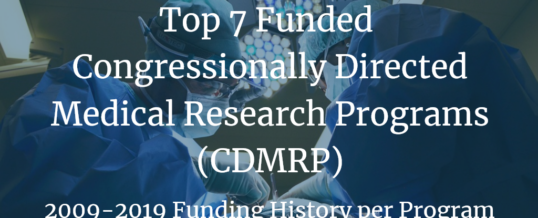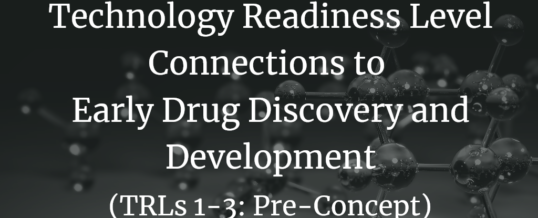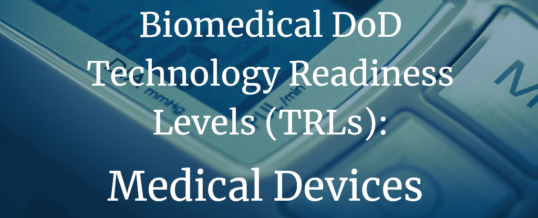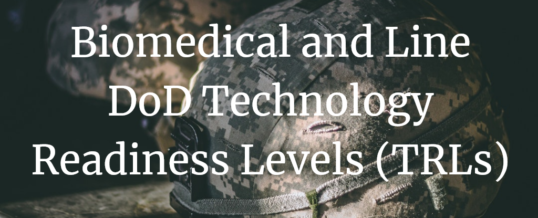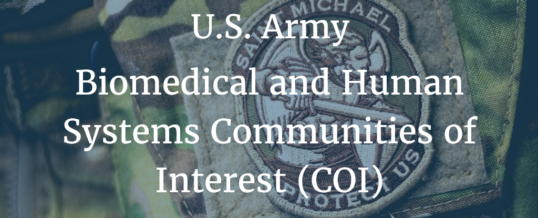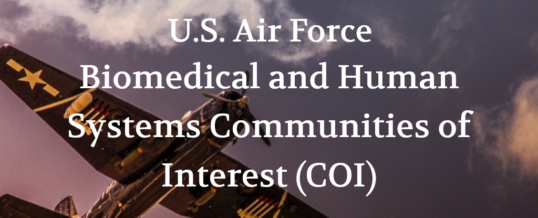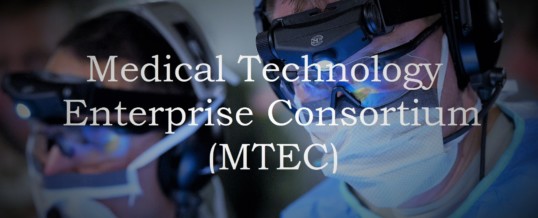A great source of non-dilutive funding for small business concerns (SBCs) and Universities is the Congressionally Directed Medical Research Program (CDMRP summary). CDMRP currently has 32 research programs, which includes the Peer Reviewed Medical Research Program (PRMRP). There are also 50 topic areas in the PRMRP that your company can apply for in FY19. These topics are selected ...
Continue Reading →MAR


